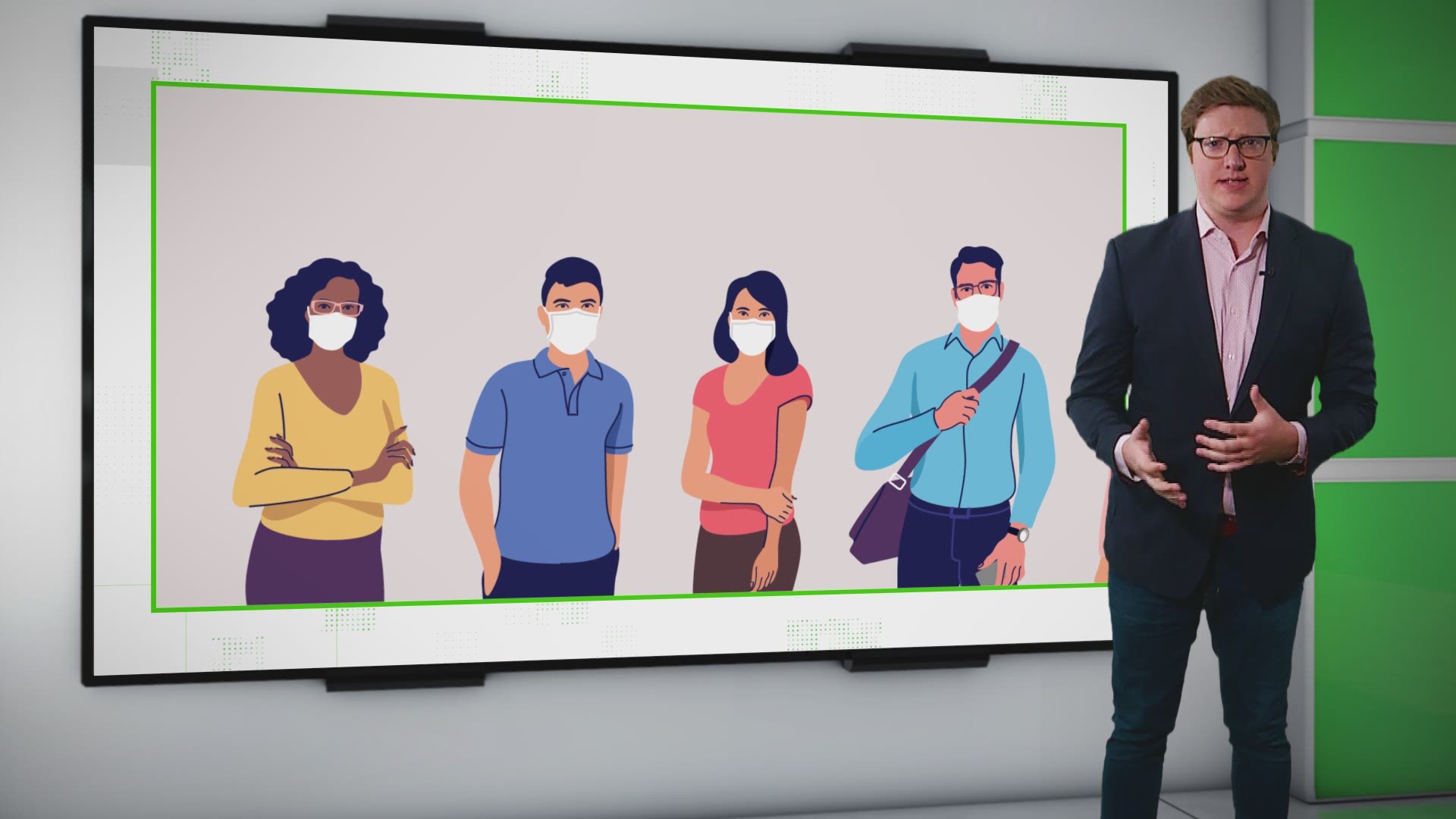This weekend the United States ordered China to close its consulate in Houston. It’s a move that will certainly impact diplomatic relations between the countries.
But closing a consulate is not the same as closing an embassy. Diplomatic relations can still exist if a consulate closes.
So what’s the difference between the two? What exactly is a consulate?
WHAT WE FOUND
The U.S. Department of State explains that there is only one embassy and one ambassador in the capital of a foreign country, but there can be several consulates in large countries.
“Consulates follow the lead of the Ambassador in engaging local government, civil society and other organization to address Mission priorities. In many instances, consulates, because of their location within a country, may serve as the primary actor in achieving one priority or another. So while the Embassy may place great importance on agricultural development, the real work with the local population will be done by officers in a consulate,” the department says.
The State Department also notes that consulates coordinate with the embassy to conduct exchange programs, work with media and public entities to explain U.S. policy and “encourage academic, scientific and artistic exchanges.”
According to the Chinese embassy, the Houston consulate was one of five consulates the Chinese embassy operates in the United States on top of the embassy itself in Washington, D.C. The four remaining consulates are in New York, Chicago, Los Angeles and San Francisco.


Each Chinese consulate in the United States serves different regions. For example, people in Louisiana seeking a visa application to China would apply for one through the consulate in Houston.
Now, someone from Louisiana would have send their application to a different consulate from the one in Texas, or the embassy in Washington.
The United States has five consulates plus an embassy in China. The embassy is in Beijing, while the consulates are in Chengdu, Guangzhou, Shanghai, Shenyang and Wuhan.
Something you’d like VERIFIED? Click here to submit your story.

